Increasing Internet Traffic
The exponential growth in internet traffic is a primary driver for the Submarine Optical Fiber Cable Market. As more users engage in data-intensive activities such as streaming, gaming, and cloud computing, the demand for robust and high-capacity submarine cables intensifies. Reports indicate that global internet traffic is projected to reach 4.8 zettabytes per year by 2022, necessitating the expansion of submarine cable networks to accommodate this surge. This trend is likely to continue, with the Submarine Optical Fiber Cable Market poised to benefit from the increasing need for bandwidth and connectivity across continents. The expansion of digital services and the rise of remote work further amplify this demand, compelling telecom operators to invest in new submarine cable projects.
Emergence of New Technologies
The emergence of new technologies, such as 5G and IoT, is reshaping the landscape of the Submarine Optical Fiber Cable Market. These technologies require high-speed, low-latency connections to function effectively, which submarine cables are uniquely positioned to provide. The rollout of 5G networks is expected to drive demand for submarine cables, as they facilitate the necessary infrastructure for enhanced mobile broadband services. Additionally, the Internet of Things (IoT) is creating a need for more interconnected devices, further increasing the demand for reliable submarine cable systems. The Submarine Optical Fiber Cable Market is likely to evolve in response to these technological advancements, leading to innovative solutions and increased capacity.
Rising Demand for Data Centers
The proliferation of data centers is another key driver influencing the Submarine Optical Fiber Cable Market. As businesses increasingly rely on cloud services and data storage solutions, the need for efficient data transfer between data centers across oceans becomes paramount. The market for data centers is projected to grow significantly, with estimates suggesting a compound annual growth rate of over 10% in the coming years. This growth directly correlates with the demand for submarine optical fiber cables, as they provide the necessary infrastructure for high-speed data transmission. The Submarine Optical Fiber Cable Market is likely to see increased investments as data center operators seek to enhance their connectivity and reduce latency.
Strategic Partnerships and Collaborations
Strategic partnerships and collaborations among telecom operators, technology providers, and governments are fostering growth in the Submarine Optical Fiber Cable Market. These alliances enable stakeholders to share resources, expertise, and investment costs, facilitating the development of new submarine cable projects. Collaborative efforts are particularly evident in regions where multiple operators are working together to enhance connectivity and reduce redundancy. Such partnerships not only expedite the deployment of submarine cables but also ensure that the infrastructure meets the growing demands of users. The Submarine Optical Fiber Cable Market is likely to benefit from these collaborative initiatives, as they promote innovation and efficiency in cable deployment.
Expansion of Telecommunications Infrastructure
The ongoing expansion of telecommunications infrastructure is a significant catalyst for the Submarine Optical Fiber Cable Market. Countries are increasingly investing in their digital infrastructure to enhance connectivity and support economic growth. For instance, initiatives to improve broadband access in underserved regions are driving the deployment of new submarine cables. The Submarine Optical Fiber Cable Market is expected to see substantial growth as governments and private entities collaborate to establish more resilient and extensive networks. This expansion is not only about increasing capacity but also about improving the reliability of international communications, which is crucial for businesses operating in a digital economy.
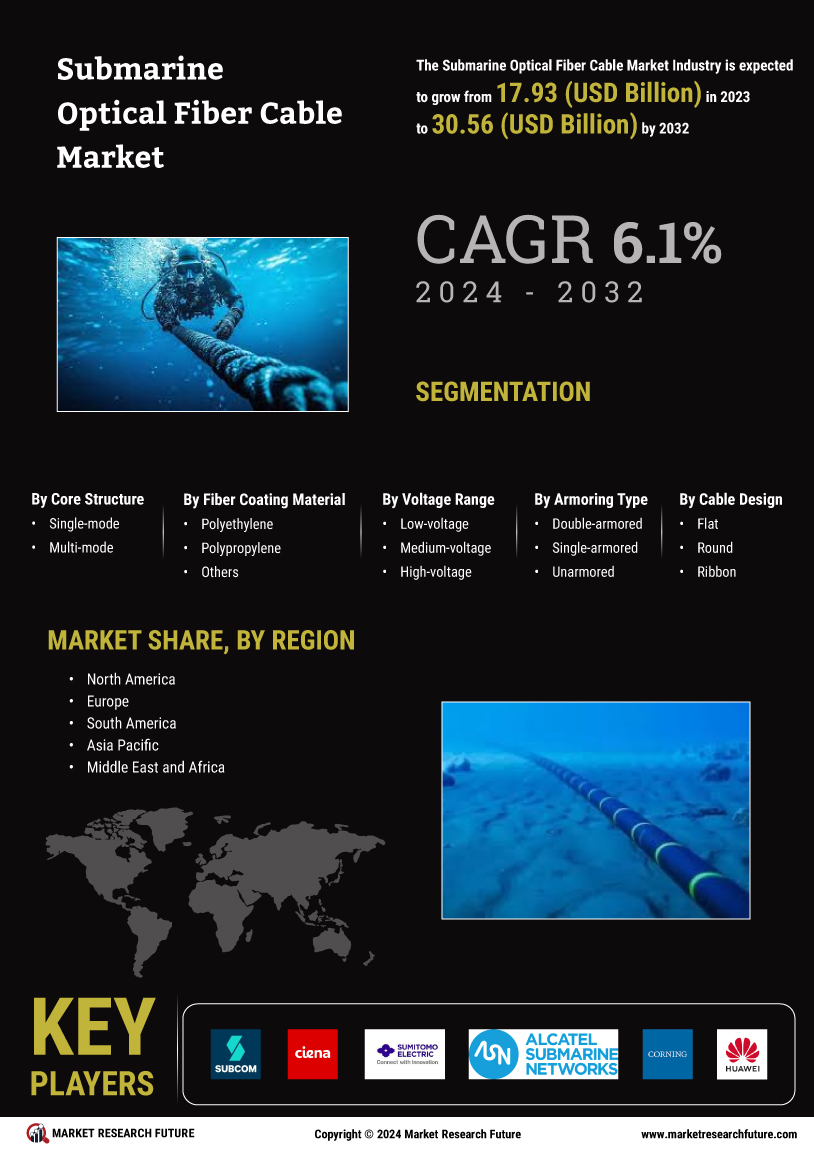

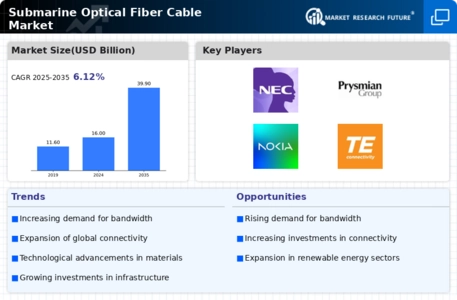
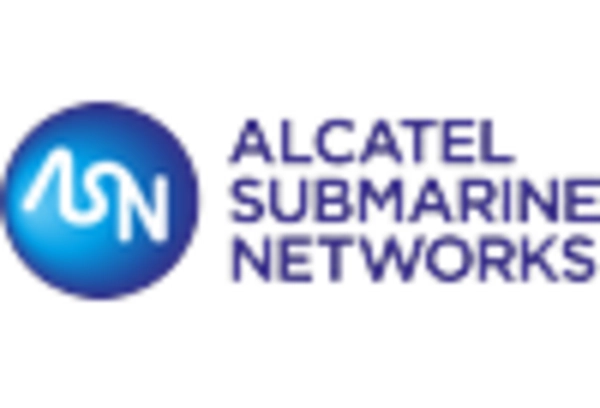
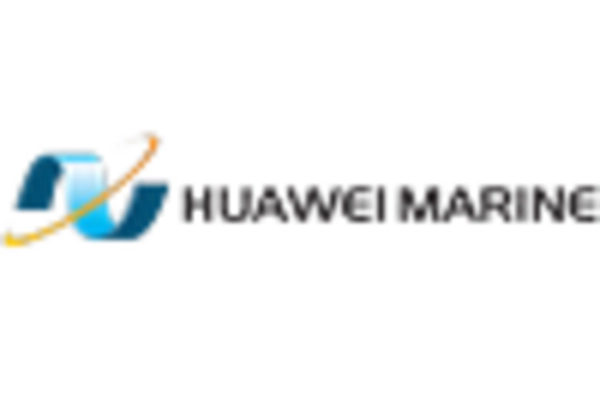
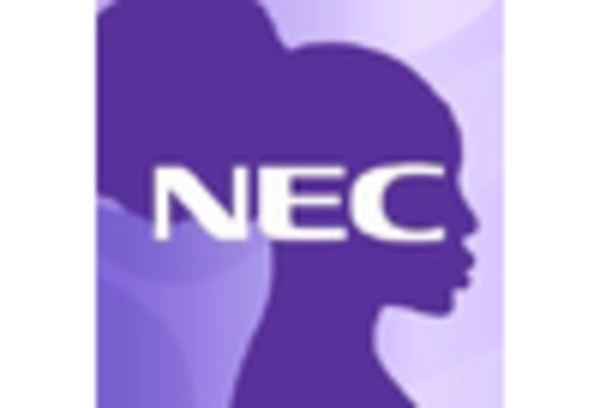











Leave a Comment